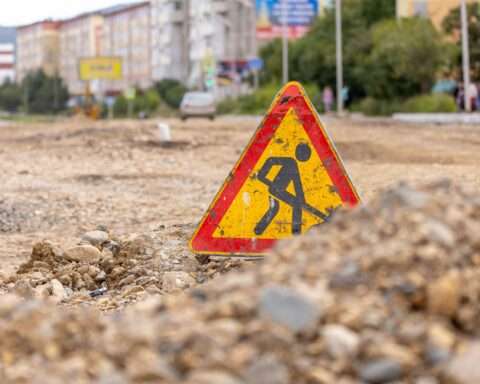The city of Portland, Maine, is moving ahead with a $25 million project to remove sediment, debris and pollutants from Portland Harbor. A request for proposals for the Portland Harbor CAD Cell and Dredge project’s first phase will go out this summer.
City officials have secured a $10 million grant from the state via the governor’s Maine Jobs & Recovery Plan. The project has also received a combined $15 million from the Maine Department of Transportation (MaineDOT), the cities of Portland and South Portland, U.S. Environmental Protection Agency (EPA) Brownfields services and wharf and pier owners.
The dredged material will be deposited in a Confined Aquatic Disposal (CAD) cell, a deep hole in the harbor bottom that is filled with dredged material and covered with a thick layer of clean sand. The process boosts the water’s depth and allows more ships to dock.
“We’re delighted to learn that we’ve secured the final piece of funding and can now move forward with implementation,” Portland City Manager Danielle West said in a release. “This public-private partnership is crucial to maintaining the working waterfronts in Portland and South Portland.”
Seven decades of environmental contamination in the harbor have severely limited the waterfront’s capacity to accommodate vessel loading and unloading, according to a letter by the International Longshoremen’s Association. The contamination will continue to threaten the harbor’s economic activity if left untreated, the association said.
The project will span 47 properties along Portland Harbor’s waterfront adjacent to privately and publicly-owned piers. The city will remove approximately 244,678 cubic yards of dredge material with 2,038,000 square feet (46.8 acres) of impact. After dredging, the city will build the CAD cell on state lands and excavate 376,858 cubic yards of sediment from a shallow subtidal habitat.
The project requires dredging the CAD cell to 49 feet below the average of each tidal day’s lower low-water height and will over-dredge the harbor by an additional foot. The city will build the cell in one dredge season.
Most of the private wharfs and piers will see immediate engineering done for their dredge areas, city officials said. Private owners who are ready to commit financially are included in the first phase of dredge work. Those who are not ready will be given time to evaluate funding avenues and join a Phase 2 dredge initiative. The city will develop Phase 2 as it executes the CAD cell project and Phase 1 dredging.












